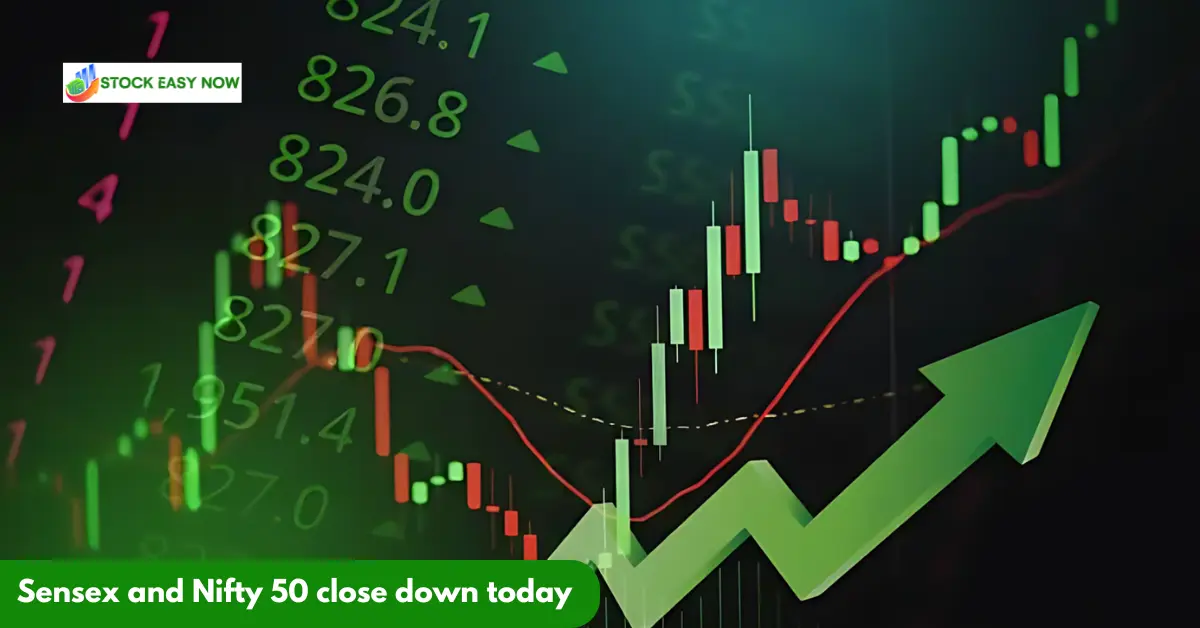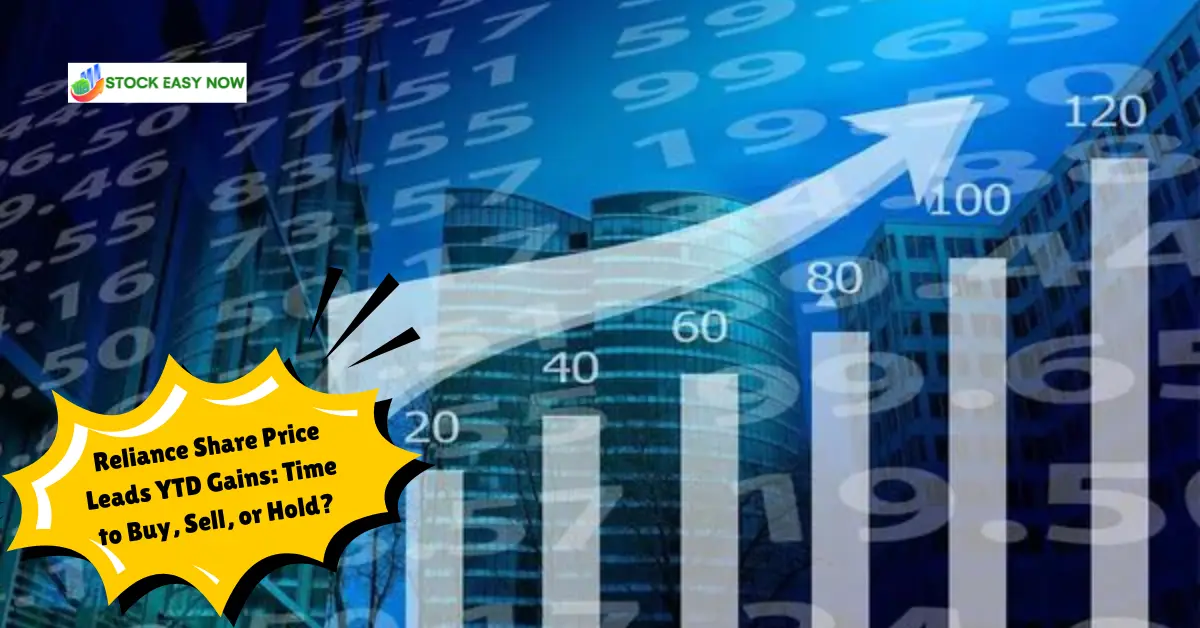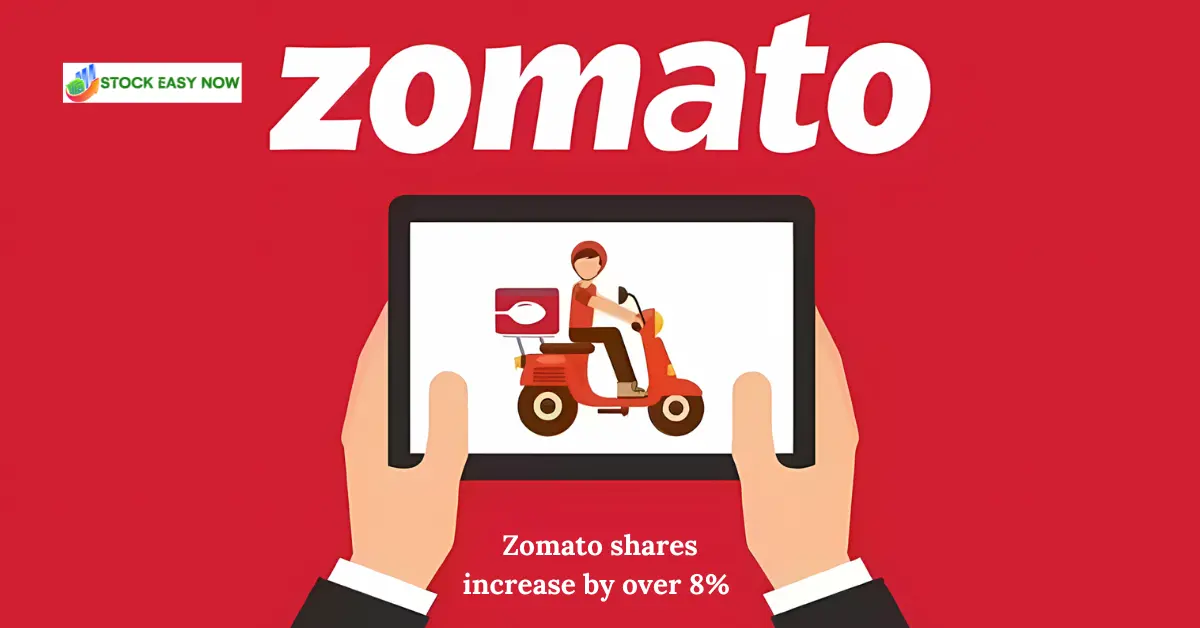IndusInd Bank Ltd.: Ahead of the release of its Q2 results, shares of the private lender fell by about a percent to Rs. On October 18, the bank is expected to make its results public.
According to brokerage firms, the net interest income of the private sector lender may increase by 19% in Q2, but margin pressures will restrain consecutive growth.
Analysts predicted that IndusInd’s quarterly NII growth would remain flat despite the growing cost of capital. IndusInd’s NII totaled Rs 4,867 crore in Q1FY24.
If the policy repo rate of the Reserve Bank of India doesn’t change further, analysts anticipate that margin compression will peak in the second half of this fiscal year (H2FY24).
NIMs should find support going forward, and we anticipate that it will stabilize in the present range as the cost of funds peaks in one or two quarters and the lending mix moves in favor of better-yielding consumer loans versus corporate loans. Furthermore, IndusInd Bank may benefit if the interest rate decreases, according to analysts at Antique Broking in a note.
Apart from that, the slippage ratio and net slippage ratio decreased to 1.9 percent and 0.7 percent, respectively, in the April-June quarter of FY24 after the bank experienced a strained asset quality cycle during the previous three quarters.
On a quarterly basis, however, a little increase of 8 bps from 1.3 percent in Q1FY24 is most expected.
IndusInd Bank’s stock price increased on the exchanges by 4% from July to September 2023, outpacing the Sensex benchmark’s 2% growth.
Business update for Q2
IndusInd Bank said that its net advances increased by 21% to Rs 3.1 lakh crore from Rs 2.6 lakh crore in the same quarter last year in its second quarterly business update.
Deposits held by the lender increased by 14% to Rs 3.5 lakh crore in Q2FY24 from Rs 3.15 lakh crore in Q2FY23.
Deposits from consumers and small-business owners increased by 4% annually to Rs 1.57 lakh crore in Q2FY24.
The CASA (current account and savings account) ratio decreased from 42.4 percent in the quarter ending in September to 39.4 percent in the most recent quarter, which represents higher funding costs.





